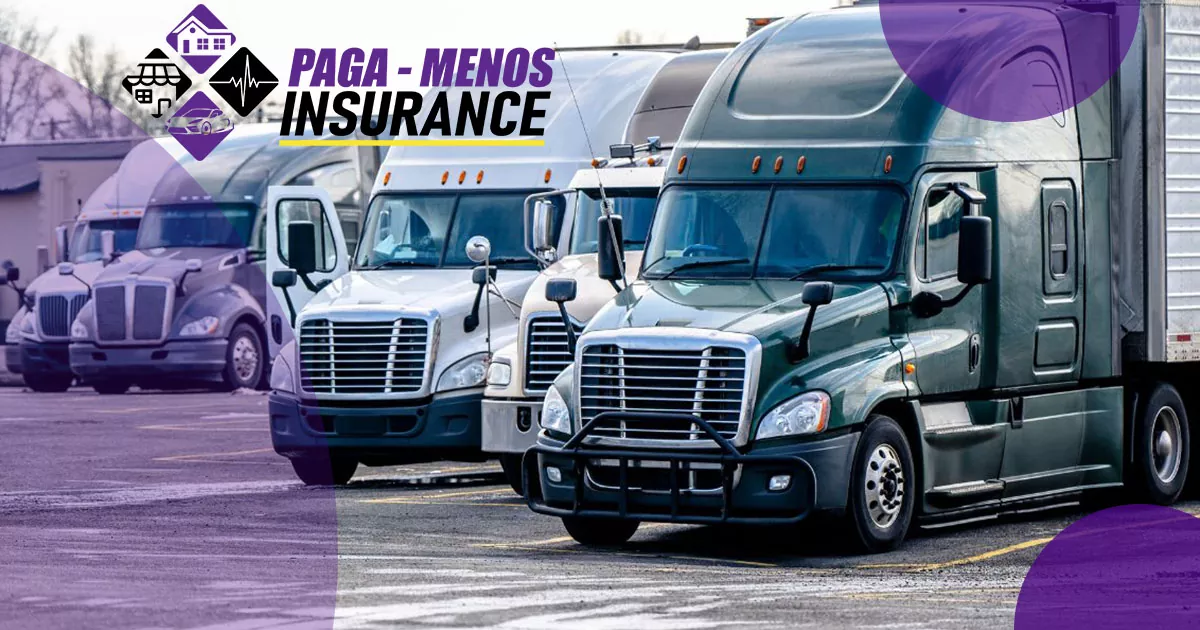Commercial truck insurance is a critical component of any trucking operation. It not only protects your assets but also ensures compliance with legal requirements. In this guide, we’ll delve into the intricacies of commercial truck insurance in 2024, covering everything from coverage types to factors affecting premiums.
- Understanding Commercial Truck Insurance:
- Commercial truck insurance provides coverage for vehicles used for business purposes, including delivery trucks, tractor-trailers, and tow trucks.
- Unlike personal auto insurance, commercial truck insurance offers specialized coverage tailored to the unique risks faced by commercial trucking operations.
- Types of Coverage: a. Liability Insurance:
- Covers bodily injury and property damage liability in the event of an accident where the truck driver is at fault. b. Physical Damage Coverage:
- Protects the truck itself from damages caused by collisions, vandalism, theft, or natural disasters. c. Cargo Insurance:
- Covers the goods being transported against damage or loss during transit. d. General Liability Insurance:
- Offers protection against non-accident-related claims, such as libel, slander, or customer injuries on your premises. e. Bobtail Insurance:
- Provides coverage for your truck when it’s being driven without a trailer, such as when returning from a delivery. f. Non-Trucking Liability Insurance:
- Covers the truck when it’s being used for personal purposes rather than business activities.
- Factors Affecting Premiums: a. Driving Record:
- A clean driving record typically results in lower premiums, while accidents or traffic violations may increase rates. b. Type of Cargo:
- Hauling hazardous materials or high-value goods may lead to higher premiums due to increased risk. c. Vehicle Type and Value:
- The make, model, age, and value of the truck influence insurance costs. d. Coverage Limits:
- Higher coverage limits lead to higher premiums but provide greater protection in the event of a claim. e. Deductibles:
- Choosing a higher deductible can lower premiums but requires paying more out-of-pocket in the event of a claim.
- Regulatory Requirements:
- Commercial truck insurance is subject to state and federal regulations, including minimum coverage limits mandated by law.
- Failure to maintain adequate insurance coverage can result in fines, license suspensions, or even business closure.
- Shopping for Commercial Truck Insurance:
- Obtain quotes from multiple insurance providers to compare coverage options and premiums.
- Consider working with an insurance broker specializing in commercial trucking to navigate complex insurance policies.
- Review policy exclusions, limits, and additional coverages to ensure comprehensive protection for your business.
- Tips for Lowering Premiums: a. Invest in Safety Measures:
- Implementing safety features such as GPS tracking, dash cams, and driver training programs can lower insurance premiums. b. Maintain a Clean Driving Record:
- Encourage safe driving practices among your drivers to minimize accidents and violations. c. Bundle Policies:
- Consolidating multiple insurance policies with the same provider may qualify you for discounts. d. Review and Update Coverage Regularly:
- As your business evolves, reassess your insurance needs to ensure you have adequate coverage without overpaying.
Conclusion:
Commercial truck insurance is a crucial investment for trucking businesses, providing financial protection against a range of risks. By understanding the types of coverage available, factors influencing premiums, and regulatory requirements, trucking companies can make informed decisions to safeguard their assets and operations in 2024 and beyond.
